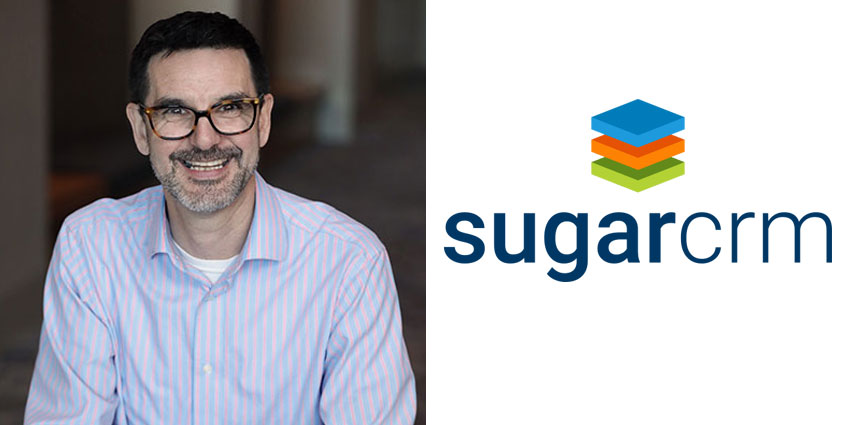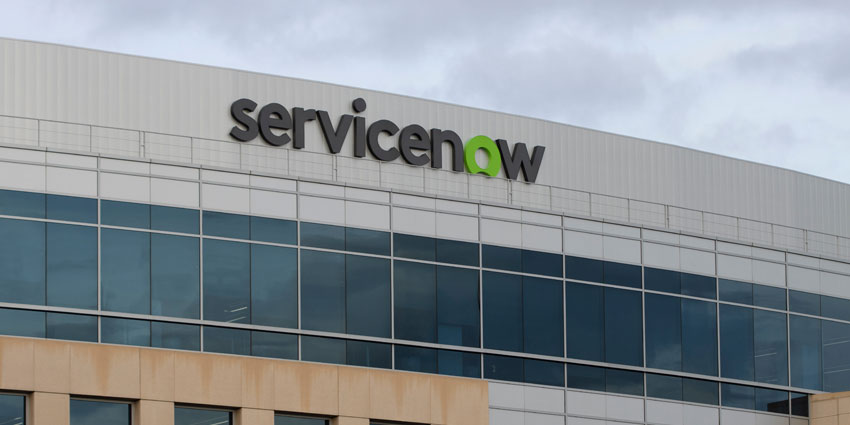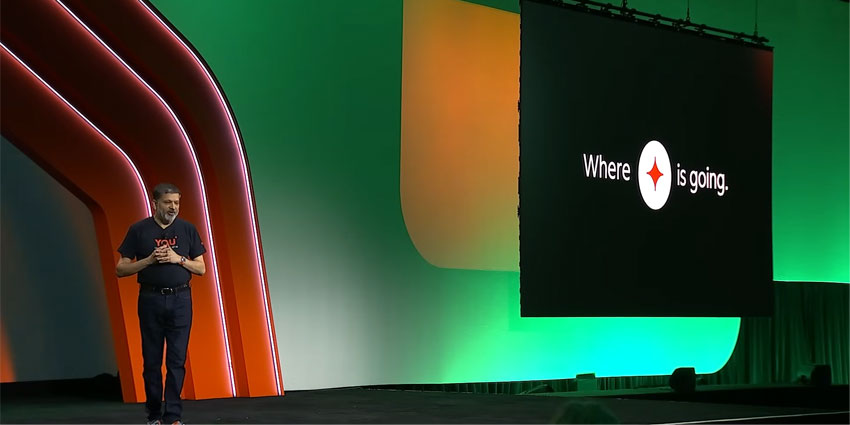CRM is an excellent tool to help business, brands and organisations to really benefit from its interactions with customers. This is done through the use of crucial big data and analytics that decipher swathes of information that live agent simply could not. But what businesses don’t always realise is that there isn’t a one size fits all CRM solution, and many are simply unsuitable for some brands. It’s not only vital for business leaders to choose the right CRM technologies for their company but also ensure it’s used to its maximum potential.
With that in mind, CX Today welcomes SugarCRM Chief Customer Officer, Chris Pennington for an exclusive interview on ways AI can help businesses optimise CRM to help benefit their CX strategy.
“When delivering on a CX strategy, there is always a difference between what you hope for, what you expect, and what your customers ultimately experience,” Pennington begins.
“Like any journey, it’s important that companies plan and anticipate because it’s not often that you get a straight path without complications. To develop customers for life, anticipating the twists and turns and ups and downs is essential.”
Pennington makes a vital point. The COVID-19 pandemic has allowed for many a CX to go wrong, but also lots that have gone right. As businesses adapt to the so-called ‘new normal’ and customer demand returns to the way it was before the crisis hit, it’s crucial companies adopt a first-time right mindset to stay afloat. But what’s key is learning from those mistakes and responding to negative feedback.
Optimising CRM
CRM systems are fantastic tools to help companies provide insights into their customers. But what many companies don’t realise is that many of them are not only unfit for purpose, as Pennington tells us, but they’re actually hindering organisations’ CX strategies. SugarCRM actually provided this research themselves, with results showing 52% of sales leaders, who rely on traditional CRM vendors, confirmed their CRM solutions are costing them lost revenue.
Pennington says: “The problem is with both the CRM system itself and the data it contains. Companies cannot afford to leave their salespeople devoid of the tools they need to compete. If a company’s CRM system is not delivering the customer data and insights its sales teams require to maximize acquisition and retention, the company will struggle.
“It’s time for a new approach to CRM; one that embraces new technologies to meet increasing customer expectations. With so many roadblocks and blind spots hindering businesses today, the latest in AI presents a solution that is changing CRM and the course of its evolution for improved utility.”
The State of CRM
A major role of CRM is to provide enough insights into consumer behaviours to enable businesses to move forward in their CX strategies and expand. However, many businesses have reported that the customer view CRM solutions generate is insufficient. This is because the solution – for many – is only advanced enough to focus on the current customer situation and lacks insights on the entire customer journey.
SugarCRM reports nearly half (48%) of sales professionals say their CRM platform is unable to provide the critical details needed to attain quota. Some 43% say their CRM is too complex, unintuitive, and not user-friendly, while over one-third of respondents indicated frustration over customer data that is incomplete, irrelevant, and inaccurate. It seems traditional CRMs are the (broken) heart of CX.
Pennington explains: “The research is clear, and it is keeping us honest about the state of traditional CRM and the need for a strategic pivot. The administrative burdens of traditional CRM systems are costly and consuming the most valuable resource – time.
“This is underscored by the finding that the average sales professional reports spending only 54% of the time actually selling. What’s even more telling (and more costly) is that organizations lack the necessary insight to provide a CX that will keep them competitive, costing mid-market companies an average of $5.5 million annually due to customer churn alone.
“Sales leaders know what they are missing—a connected and comprehensive customer view—a high-definition customer view, enabled by technology to provide actionable insight.”
He adds: “In search of this, most respondents (88%) said they expect to increase their use of AI to augment more of their existing business processes within the next 24 months. While AI is not new by any means, it is breaking new ground as the fundamental technology driver that is adding a new dynamism to CRM.”
Data-Fuelled CRM Leads the Way
An AI and CRM tag team has the potential to provide incredible customer optimisation that aids both businesses and their customers. But this model has its issues.
Pennington explains: “The challenge with embracing AI technology, however, is that predictive modelling is dependent on CRM data quantity and quality, which, as the survey revealed, is lacking for most companies.
“The answer lies in enriching incomplete CRM data with additional attributes to improve AI learning models’ efficacy. Data enrichment also enables AI to consider factors not present in CRM data, surfacing additional competitive insights previously unknown to organizations. We refer to this approach as AI-infused CRM.”
He adds: “AI-infused CRM enables sales professionals to work smarter and not longer, with AI lowering barriers to success—no blind spots, less busy work, and fewer roadblocks. AI works seamlessly in the background to replace that hazy view with a sharply focused picture that is now rich in breadth and depth to help companies finally get a complete view of each customer’s journey with exceptional acuity. This enables organisations to surface the right resources to meet customers where they are, with empathy and with the products, services and support they want, when they want it.”
Change is Afoot
The ways of the past will not enable us to succeed at CX in the future. Today, we are more engrossed in data, visibility, and interacting with our customers more than ever before and we need assistance from our technology. Whether it’s winning, keeping, or extending customers, it’s never straight forward and never easy, but being equipped with HD-CX capabilities helps give companies a tremendous competitive advantage.
To conclude, Pennington explains that in order for companies to succeed they must lay the past to rest and start afresh to adapt successfully to what the future will bring.
He says: “Whether it’s winning, keeping, or extending customers, it’s never straight forward and never easy, but being equipped with HD-CX capabilities helps give companies a tremendous competitive advantage.”
And this of course comes with its own challenges. But like the age-old adage says – prevention is the best cure. In having the right technologies and solutions to hand it not only means businesses can stay afloat as nations wrangle their way out of lockdowns and economies open up again, but it also allows them to have the very best fightback should we all find ourselves back in this COVID nightmare in future, and that’s experience of the first.






